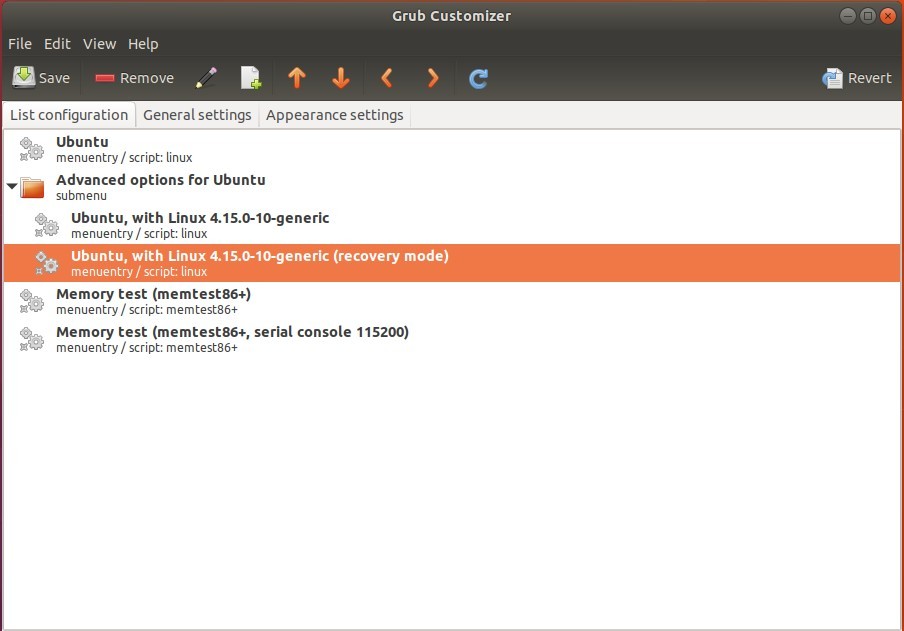Boot Windows Iso From Grub 2 Configuration
While we wait for Rescatux to be rewritten, once again, so that it’s based on Debian 9 (Stretch) its main program: Rescapp needs some love. Some testing. Some polishment. Rescapp program has been rewritten so that: • It no longer depends on SELinux • It depends on PyQT5 instead of the now obsolete PyQT4 That means that it can be built for recent versions of Ubuntu, packaged and put into a repo.

Change default to saved, and add savedefault 0 (where 0 is Fedora's index in the GRUB configuration) to the Windows block so booting into Windows will reset the saved default back to Fedora Then from Windows you can edit /boot/grub/default. Sep 10, 2017 - This post explains a very neat trick that can help you boot ISO files directly from hard drive. Many Linux distributions can be booted directly from.
So if you want to help Rescatux / Rescapp development and you happen to have either a: Ubuntu 16.04 Xenial AMD64 Live CD or an Ubuntu 17.10 Artful AMD64 Live CD you are welcome to test and report any bugs that you find on the. Rescatux 0.51 beta 3 has been released. Rescatux 0.41 beta 1 new options Update UEFI order in action Downloads: • • • • (Open the link the in browser and click on Download Torrent File Now) Rescatux 0.51b3 size is about 640 Megabytes. Some thoughts: • Boot Repair functionality has been removed from Rescatux. Many people, somehow, were using Boot Repair (by default) inside Rescatux while we don’t support it. If you feel Rescapp does not cover all the Boot Repair functionality you can fill a bug for a RFE (Request for Enhacement). • Rescapp and chntpw are now installed from a Repo. Download game bola ringan for pc download.

It should be virtually identical to 0.41b1 release. Distributor pulsa telkomsel. If something doesn’t work as well as before please report a bug so that we can fix it. • This is the last build based on Debian 8 (Jessie). Important notice: • If you want to use the UEFI options make sure you use DD or another equivalent tool (Rufus in ‘Direct image’ mode, usb imagewriter, etc.) to put Rescatux in your USB • If you want to use UEFI options make sure you boot your Rescatux device in UEFI mode • If you want to use Rescatux make sure you temporarly disable Secure Boot.
Rescatux does not support booting in Secure Boot mode but it should be able to fix most of the UEFI Secure Boot problems if booted in Non Secure Boot mode. More things I want to do before the stable release are: •. • Make clear that ‘Extra tools’ are not supported renaming them to ‘Extra tools (Non supported)’ • Internal documentation updated • A new Rescatux website (Optional) • A new Rescatux tutorial video or videos (Optional) Let’s hope it happens sooner than later. Roadmap for Rescatux 0.40 stable release: You can check the complete changelog with link to each one of the issues at: which I’ll be reusing for Rescatux 0.40 stable release.
• (Fixed in 0.40b5) [#2192] UEFI boot support • (Fixed in 0.40b2) [#1323] GPT support • (Fixed in 0.40b11) [#1364] Review Copyright notice • (Fixed in: 0.32b2) [#2188] install-mbr: Windows 7 seems not to be fixed with it • (Fixed in: 0.32b2) [#2190] debian-live.